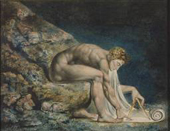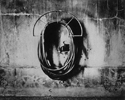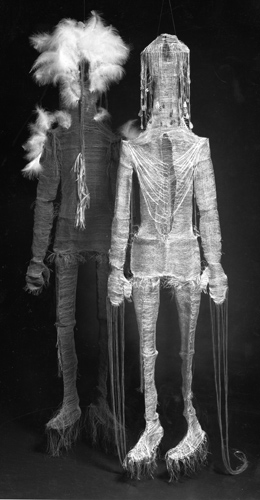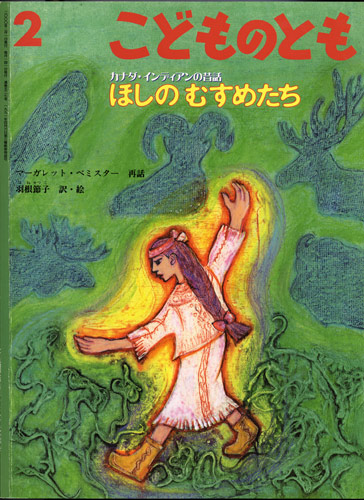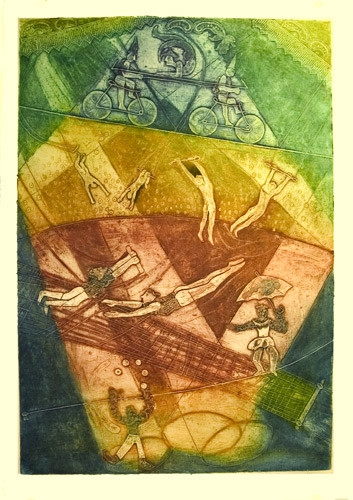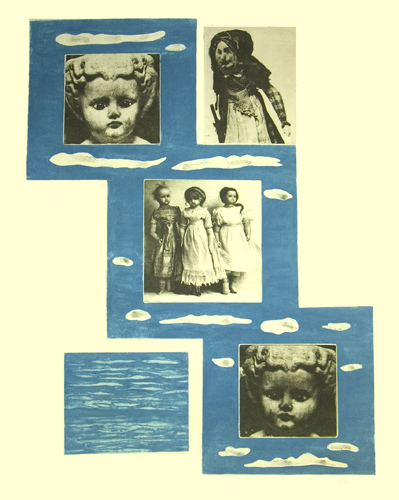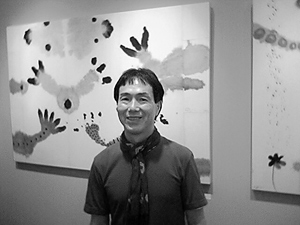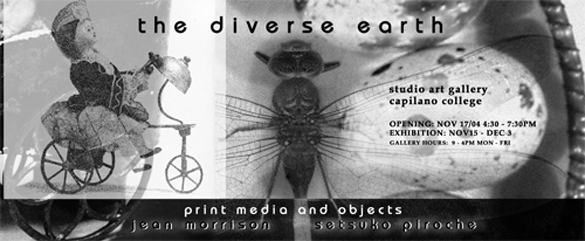Elisa Rathje

still image from untitled (left side/right side) © Elisa Rathje
I am proud to introduce my daughter Elisa, a 1998 graduate of the Emily Carr Institute (of Art, Design and Media) who works with computer-generated images and digital video. One of her video works is showing at The Western Front artist-run centre in an exhibition called:
Untitled (Conversation Loops)
Miguel da Conceicao, Jacob Gleeson, Donato Mancini, Elisa Rathje
Excerpts from the exhibition statement:
Untitled (Conversation Loops) features the work of four Vancouver-based artists working with tautologies, multiples and closed loops of language and dialogue in four very different works.
In her 2-channel video work left side/right side, Rathje continues her interest in mirrors, multiples, and the body in relation to the gaze. Using two Point-of-View shots, the video depicts an intimate moment of waking up next to a partner or lover. However, in Rathje’s work, both images are of the artist herself, creating a confusing twinning of the intimate other.
Please read the whole statement about the other artists’ work as well.
That’s at the The Western Front, 303 East 8th Avenue, Vancouver until December 18, 2004
Some of Elisa’s past projects include street banners for the cities of Vancouver and North Vancouver
